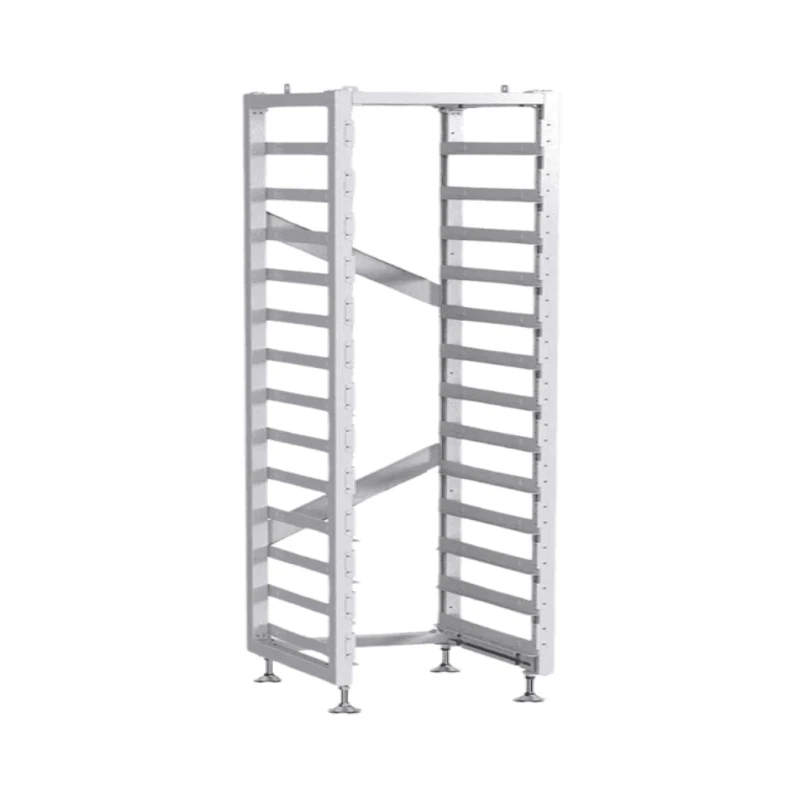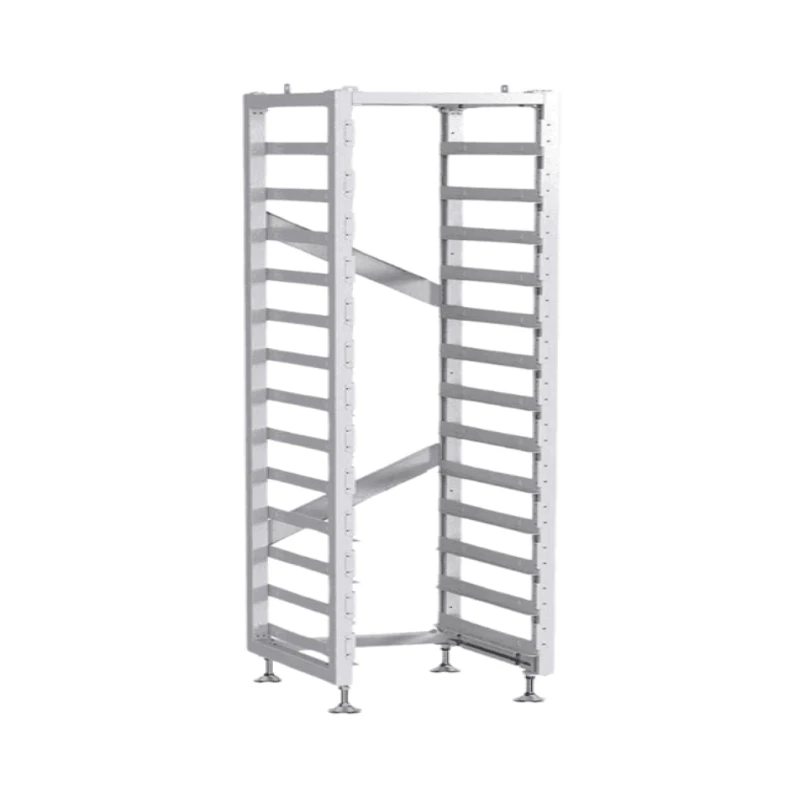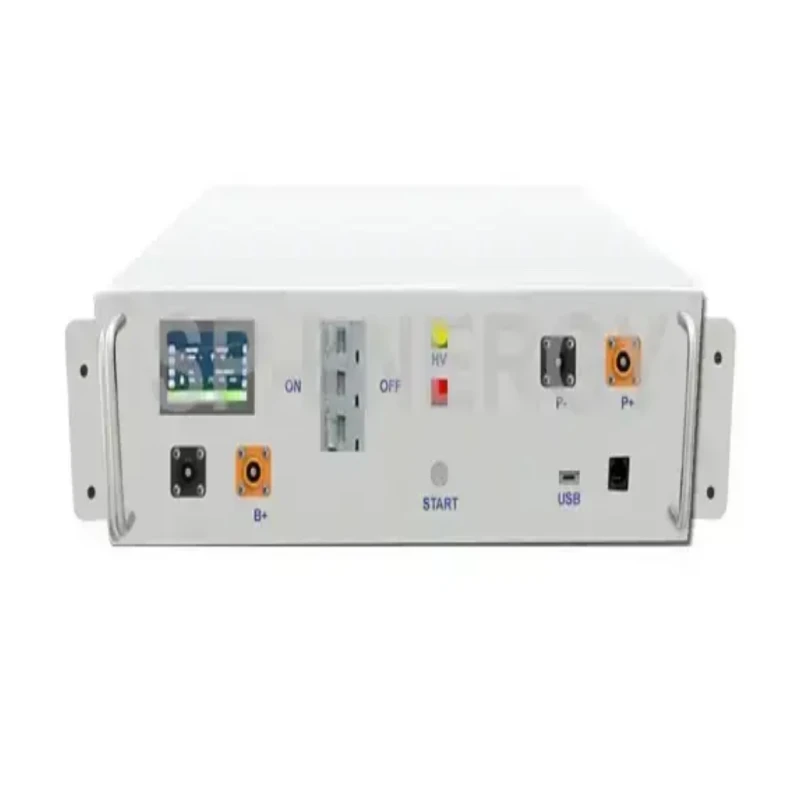-
A 13-layer rack can hold up to thirteen 3U (3 rack unit) battery modules, either lithium-ion or VRLA (Valve Regulated Lead Acid) batteries.
-
They are typically constructed from robust materials like steel to ensure stability and durability under heavy loads.
-
The open design of the rack promotes airflow, which is crucial for thermal management and preventing overheating of the batteries.
-
Many racks include features for cable management, such as cutouts or designated areas, to simplify wiring and connections.
-
Adjustable feet allow for stable placement on uneven surfaces.
-
They are often designed to accommodate standard 19-inch battery units, making them compatible with a wide range of battery types.
-
Despite their capacity, they are designed to have a relatively compact footprint, optimizing space utilization.
-
This rack, designed for high-voltage batteries, can accommodate 12 high-voltage batteries and a dedicated control box. It is built with sturdy materials and is designed for seamless integration and simplified installation.
-
This rack features a robust steel frame and an open cabinet design for optimal ventilation and easy access to the batteries.
-
It's crucial to have battery racks installed by qualified professionals to ensure proper wiring, safety, and compliance with local regulations.
-
Ensure that the rack is covered by a comprehensive warranty to protect your investment.

 APPLIANCES
APPLIANCES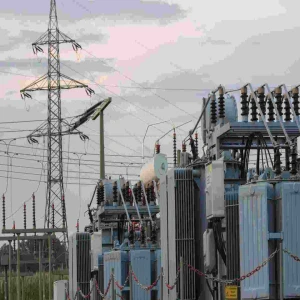 ELECTRIC AND POWER
ELECTRIC AND POWER ELECTRONICS
ELECTRONICS FOOD
FOOD GADGETS
GADGETS KITCHEN
KITCHEN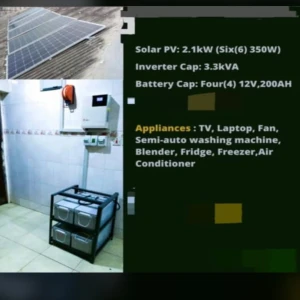 SOLAR SOLUTIONS
SOLAR SOLUTIONS